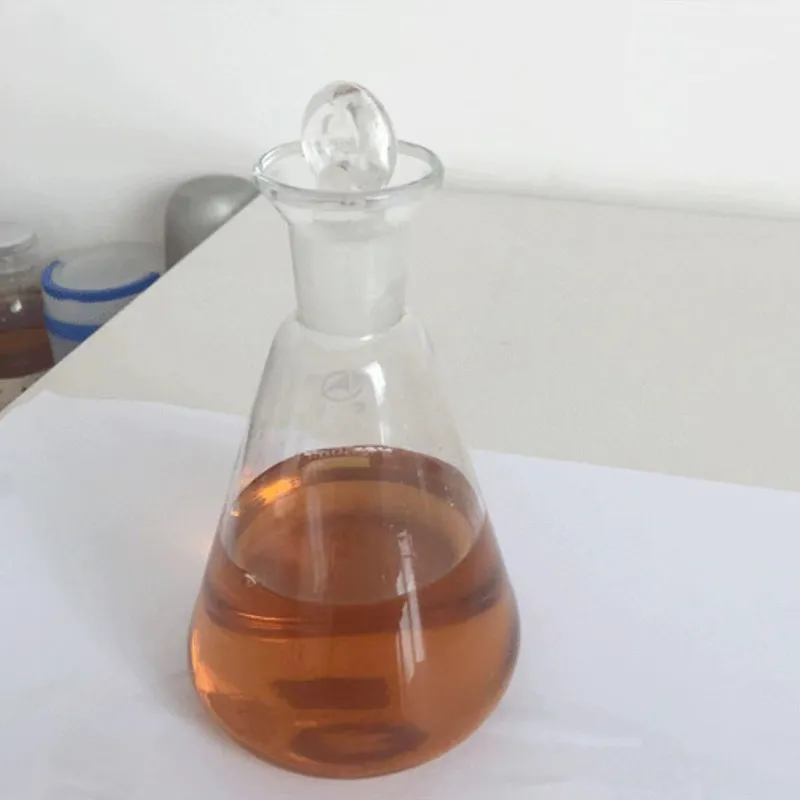
coloring agent in food
The Role of Coloring Agents in Food Importance, Types, and Safety
Color is an essential aspect of food that influences our perception and enjoyment of what we eat. From the bright red of a ripe strawberry to the vibrant green of fresh spinach, colors can evoke feelings, create appetites, and even affect flavor perception. To enhance the appearance of food products, the food industry often employs coloring agents. These substances can be natural or synthetic and play a crucial role in modern food production.
Importance of Coloring Agents
Coloring agents serve multiple purposes in the food industry. Primarily, they enhance the visual appeal of food, making it more attractive to consumers. Studies have shown that consumers often associate certain colors with flavors; for instance, a bright yellow hue may signal sweetness in a lemon-flavored dessert. Furthermore, coloring agents can help standardize products, ensuring that they maintain a consistent appearance throughout different batches. This consistency is vital for brand recognition and consumer trust.
Additionally, coloring agents can help conceal imperfections in food, such as discoloration resulting from processing or aging. In some cases, they also provide a psychological reassurance about the freshness and quality of the product. In an age where consumers are increasingly concerned about appearance, the role of these agents is more critical than ever.
Types of Coloring Agents
Coloring agents can be broadly classified into two categories natural and synthetic.
coloring agent in food

1. Natural Coloring Agents These are derived from plants, animals, or minerals. Common sources include beet juice for a deep red color, turmeric for a golden hue, and spirulina for blue-green shades. Natural colors are often perceived as healthier alternatives, aligning with the trend of clean eating and reducing artificial additives in food. Notable examples include anthocyanins from berries, carotenoids from carrots, and chlorophyll from green vegetables.
2. Synthetic Coloring Agents These are man-made dyes designed to replicate or enhance colors found in nature. They are typically more vibrant and stable than natural colors. Examples include Red 40 and Yellow 5, often used in candies, beverages, and processed foods. While synthetic colors are extensively used due to their cost-effectiveness and consistency, they are often scrutinized for potential health concerns.
Safety Considerations
The safety of coloring agents is a topic of ongoing debate. Regulatory bodies such as the U.S. Food and Drug Administration (FDA) and the European Food Safety Authority (EFSA) evaluate both natural and synthetic dyes to ensure they are safe for consumption. Some synthetic colors have faced scrutiny for potential links to hyperactivity in children or allergic reactions. As a result, many countries have implemented strict labeling laws, requiring manufacturers to disclose the presence of artificial colors in their products.
On the other hand, natural coloring agents are generally regarded as safe; however, they are not entirely exempt from scrutiny. For instance, some individuals may have sensitivities or allergies to specific natural dyes like annatto or cochineal.
Conclusion
Coloring agents play a vital role in the food industry, enhancing the visual appeal, consistency, and marketability of products. With a growing consumer preference for natural ingredients, there is a noticeable shift towards using natural coloring agents. Nevertheless, safety remains a primary concern, prompting ongoing research and regulation in the industry. As consumers become more informed about what they eat, it is crucial for manufacturers to balance aesthetic appeal with safety and transparency. Ultimately, the aim is to create food that is not only appealing to the eye but also safe and healthful for consumption.
-
Sodium Dichloroisocyanurate Safety Handling ProtocolsNewsJul.29,2025
-
Mining Chemicals for Copper Extraction Processes GuideNewsJul.29,2025
-
Fertilizer for Sale Shipping and Storage TipsNewsJul.29,2025
-
Dimethyl Disulfide as Sulfurizing AgentNewsJul.29,2025
-
Benzotriazole Safety Data Handling and Storage GuidelinesNewsJul.29,2025
-
Ammonium Bicarbonate Safety Handling Storage GuidelinesNewsJul.29,2025
-
The Transformative Role Of Trichloroisocyanuric Acid in Water TreatmentNewsJul.23,2025
Hebei Tenger Chemical Technology Co., Ltd. focuses on the chemical industry and is committed to the export service of chemical raw materials.
-

view more DiethanolisopropanolamineIn the ever-growing field of chemical solutions, diethanolisopropanolamine (DEIPA) stands out as a versatile and important compound. Due to its unique chemical structure and properties, DEIPA is of interest to various industries including construction, personal care, and agriculture. -

view more TriisopropanolamineTriisopropanolamine (TIPA) alkanol amine substance, is a kind of alcohol amine compound with amino and alcohol hydroxyl, and because of its molecules contains both amino and hydroxyl. -

view more Tetramethyl Thiuram DisulfideTetramethyl thiuram disulfide, also known as TMTD, is a white to light-yellow powder with a distinct sulfur-like odor. It is soluble in organic solvents such as benzene, acetone, and ethyl acetate, making it highly versatile for use in different formulations. TMTD is known for its excellent vulcanization acceleration properties, which makes it a key ingredient in the production of rubber products. Additionally, it acts as an effective fungicide and bactericide, making it valuable in agricultural applications. Its high purity and stability ensure consistent performance, making it a preferred choice for manufacturers across various industries.











